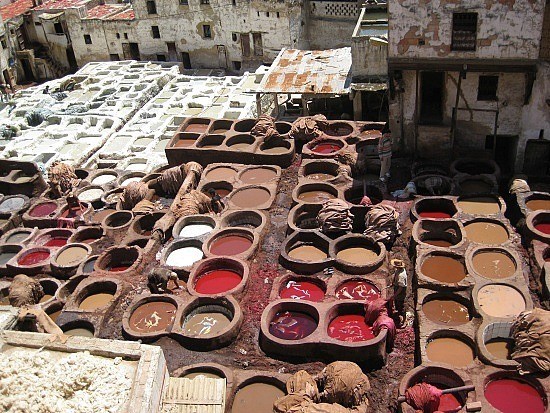Dyeing
What does Dyeing mean?
The general term that encompasses the many intricate procedures used to add color to fabric, yarn, or fibers.
Heddels explains Dyeing
It is an ancient process, with evidence of dyed fabric dating back as far as the Neolithic era. The most basic method of dyeing involves simply dipping the material into a hot dye bath and allowing the fibers to absorb or bond with the dye until the desired color is reached. However, there are often steps performed beforehand to prepare the fiber to absorb the dye such as scouring, bleaching, and mordanting.
There are two main types of dyes: natural and synthetic. Natural dyes are derived from plants, animals, or minerals and produce more subdued colors than synthetic dyes. Examples of natural dyes include henna, saffron, and, of course, indigo. Synthetic dyes, first discovered in 1856, are dyes derived from chemicals. The majority of textile manufacturers today use synthetic dyes as they are cheaper to produce and offer a wider and more vibrant range of colors. Denim is dyed with either natural or synthetic indigo using one of a variety of methods such as garment dyeing, hank dyeing, rope dyeing, and yarn dyeing.
Additional Resources
Here is an example of the traditional dyeing process:
